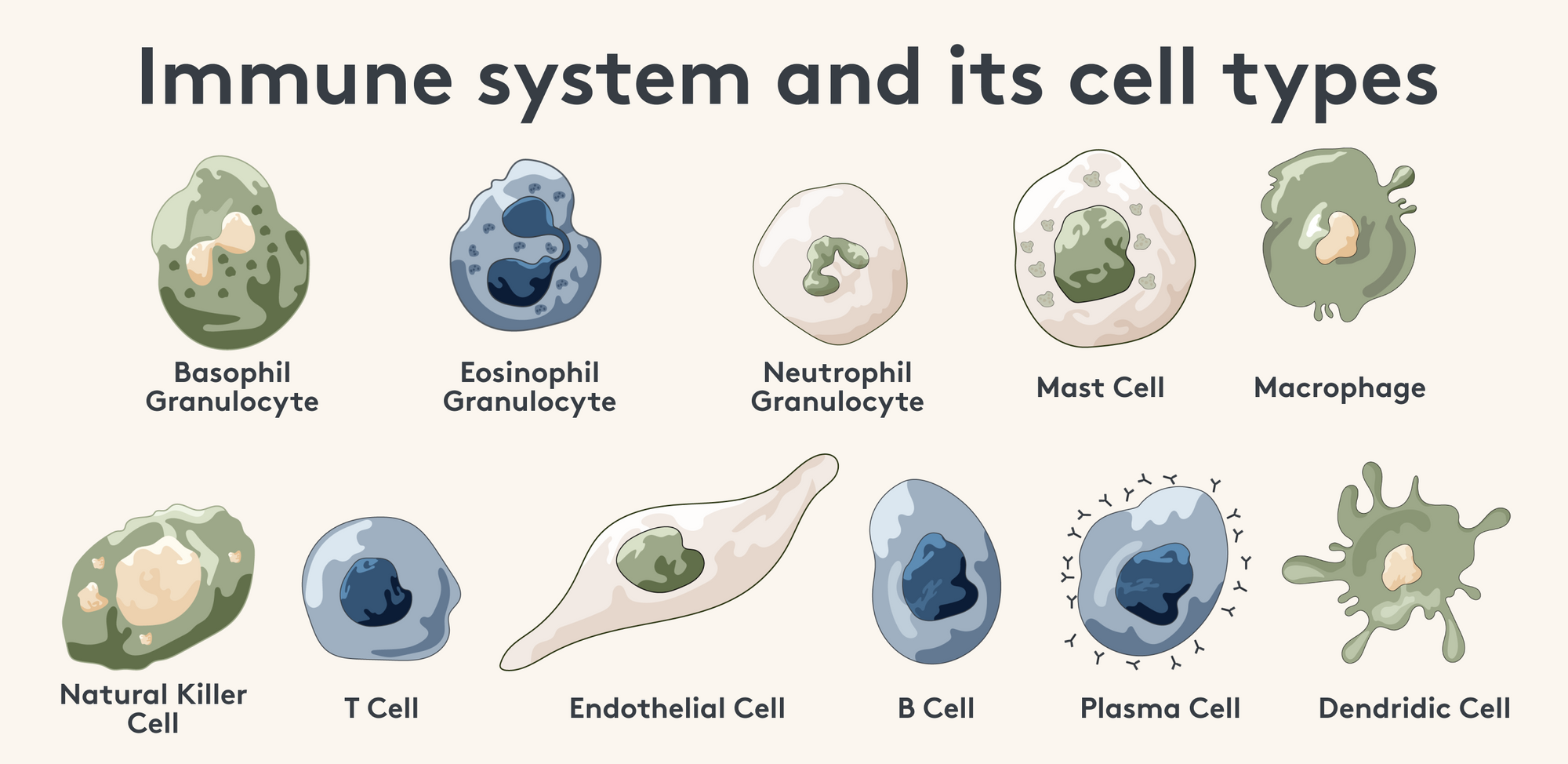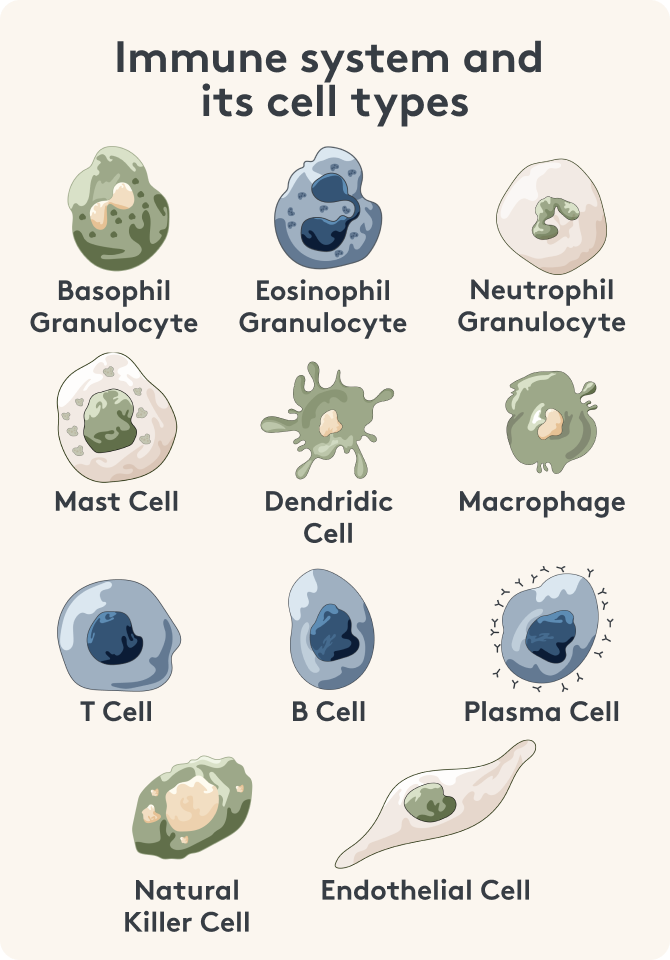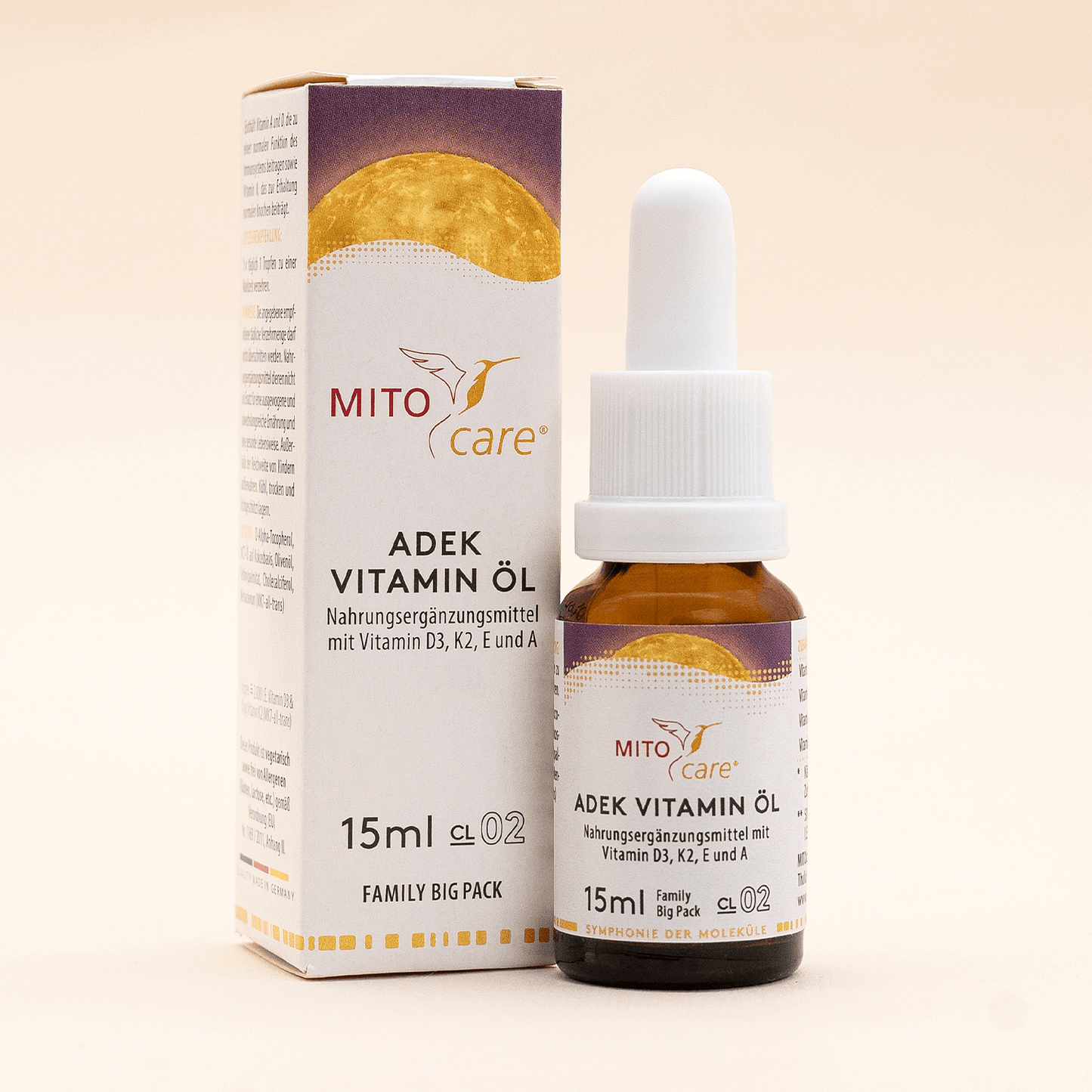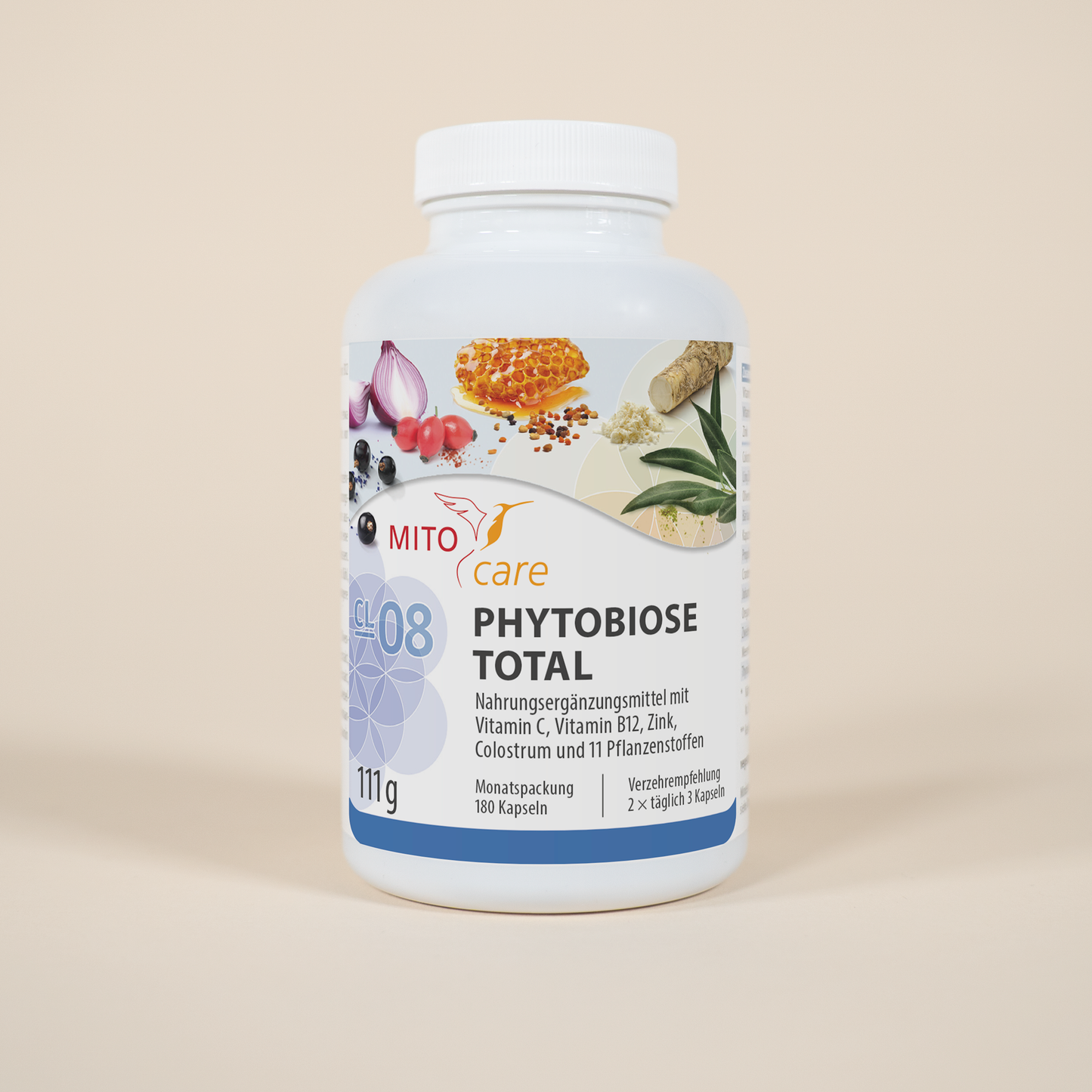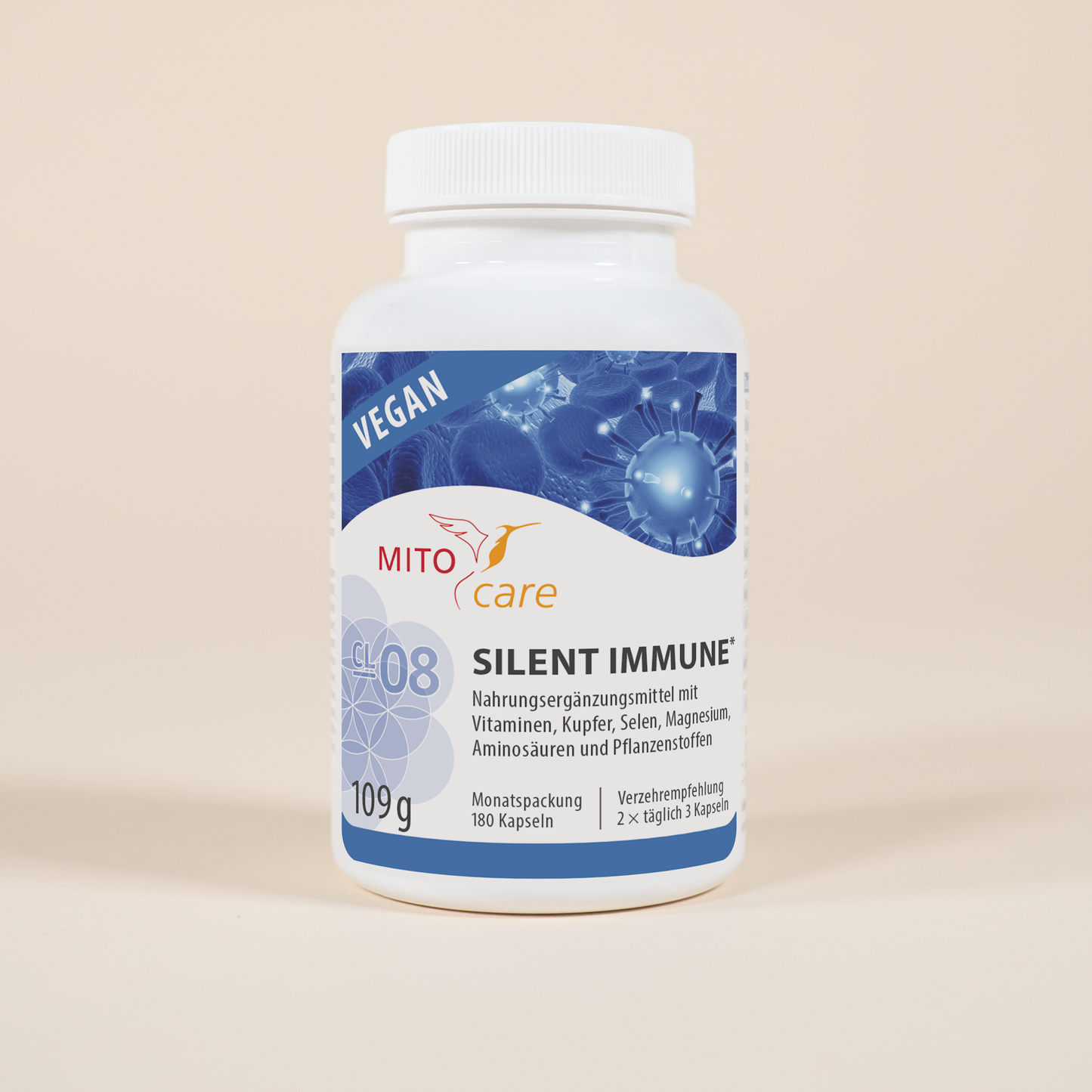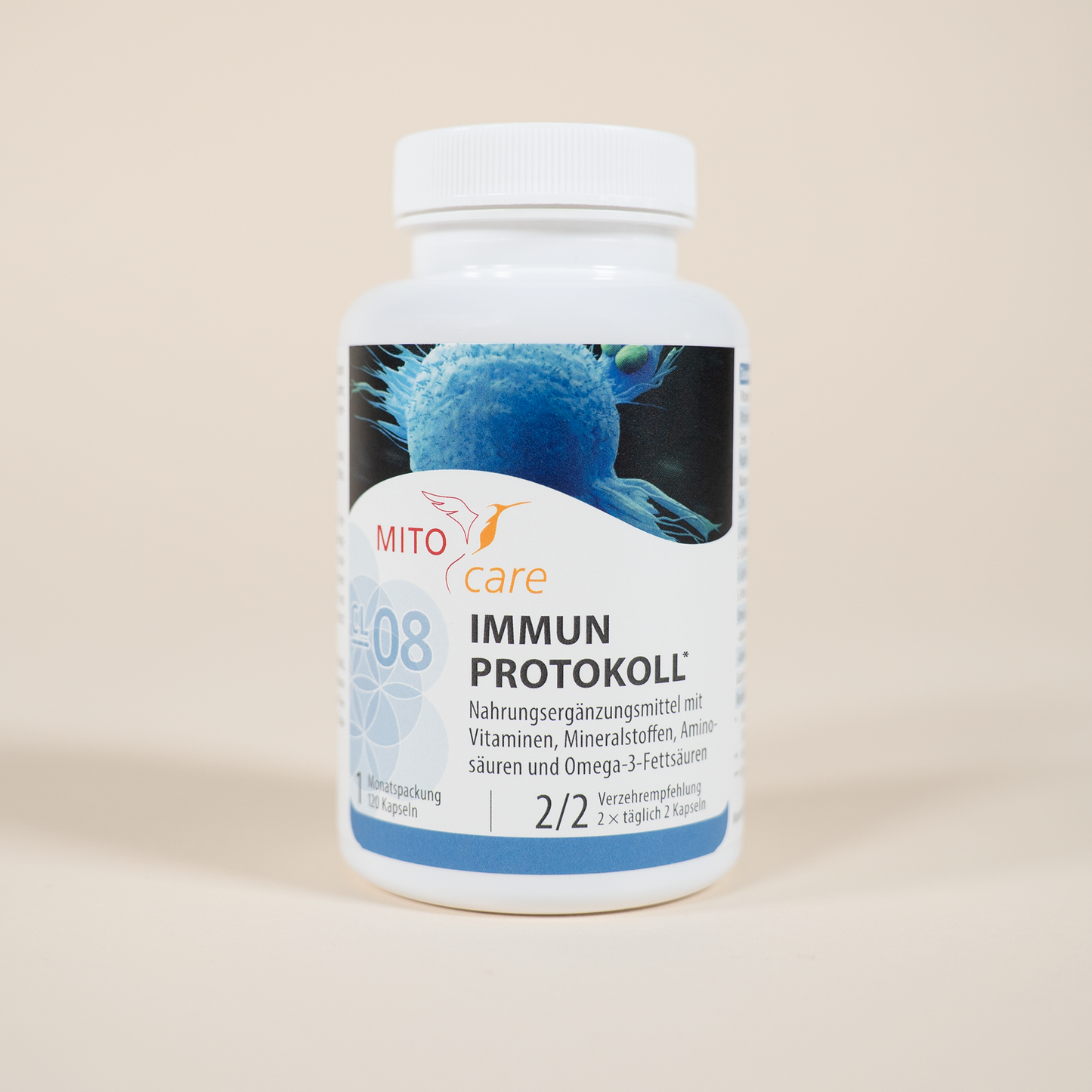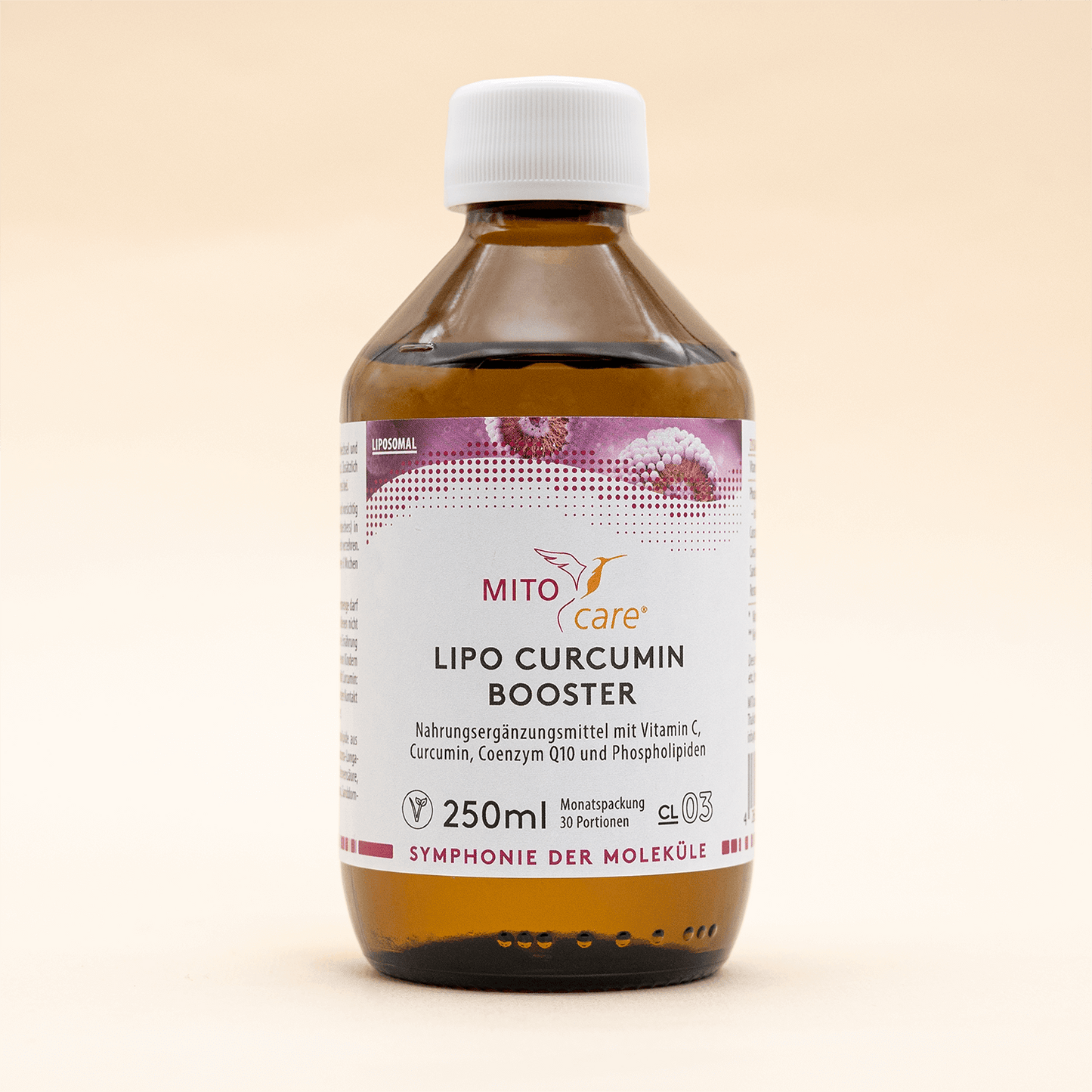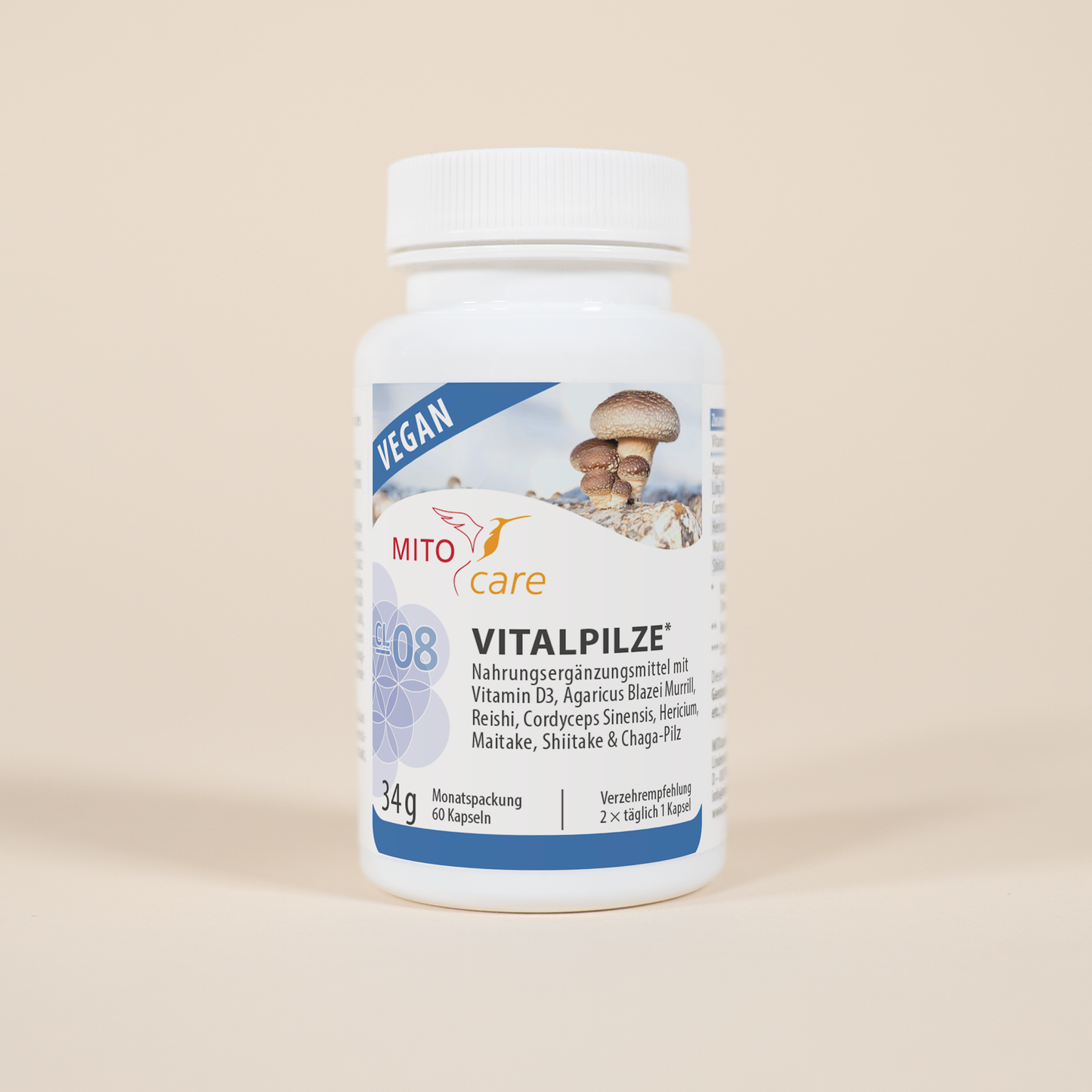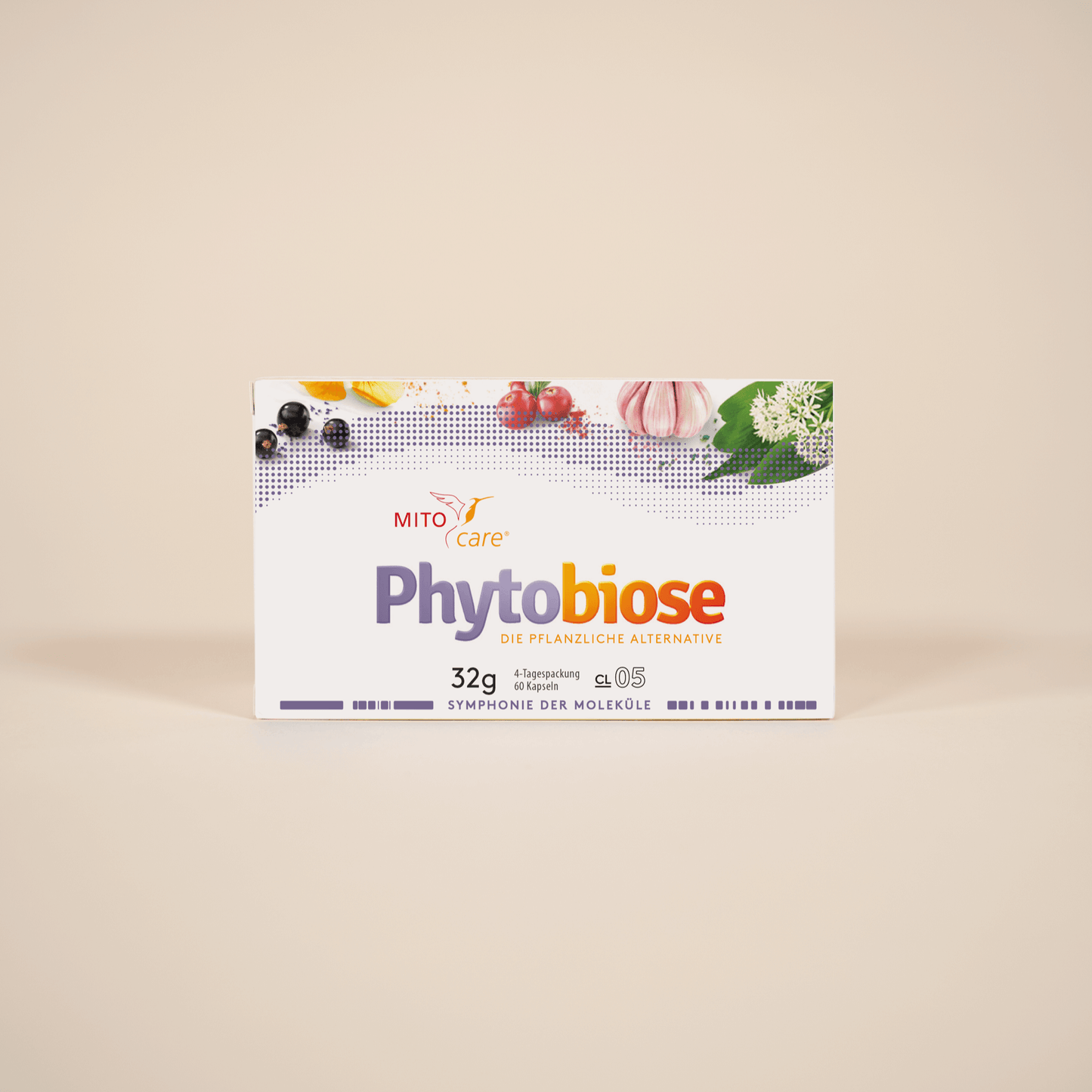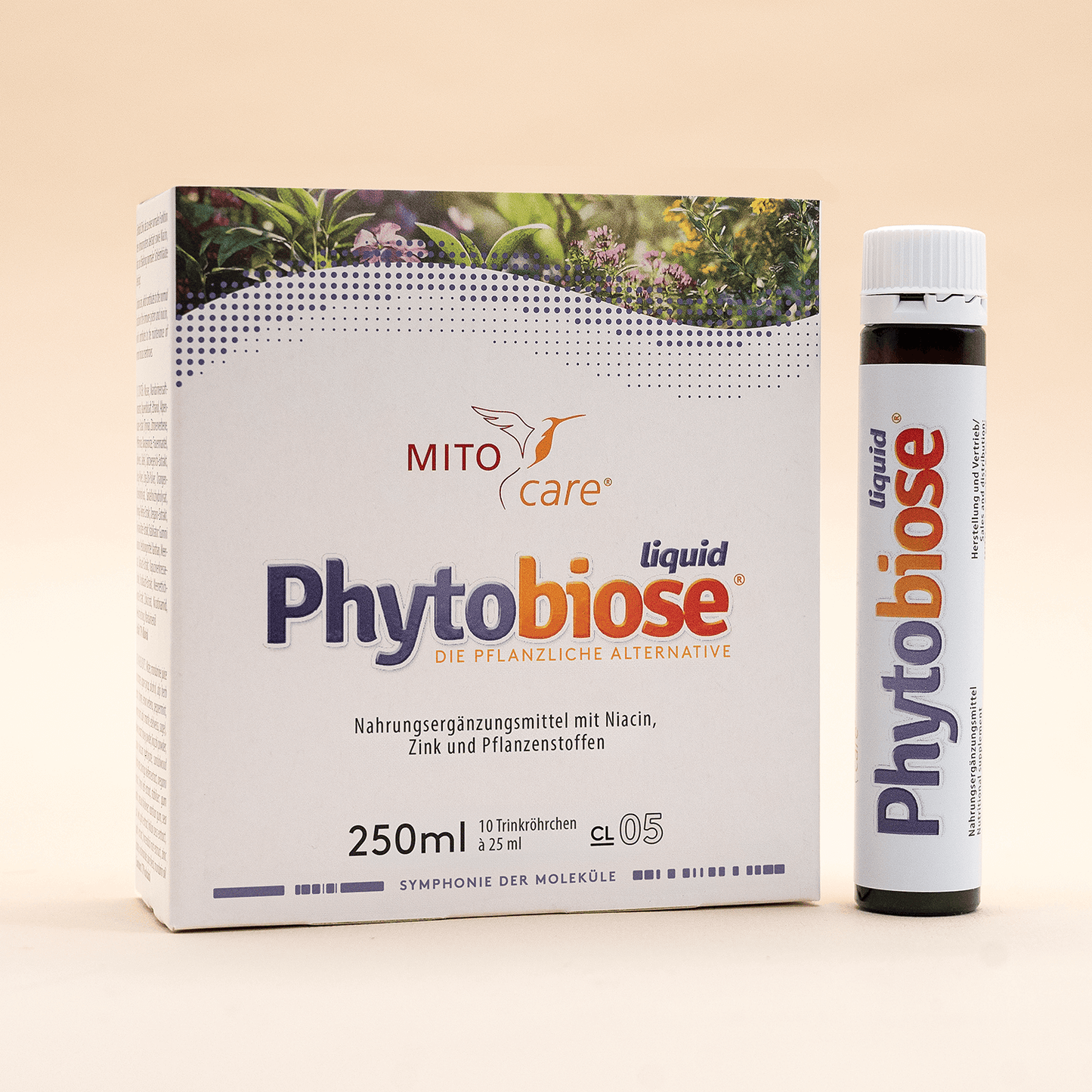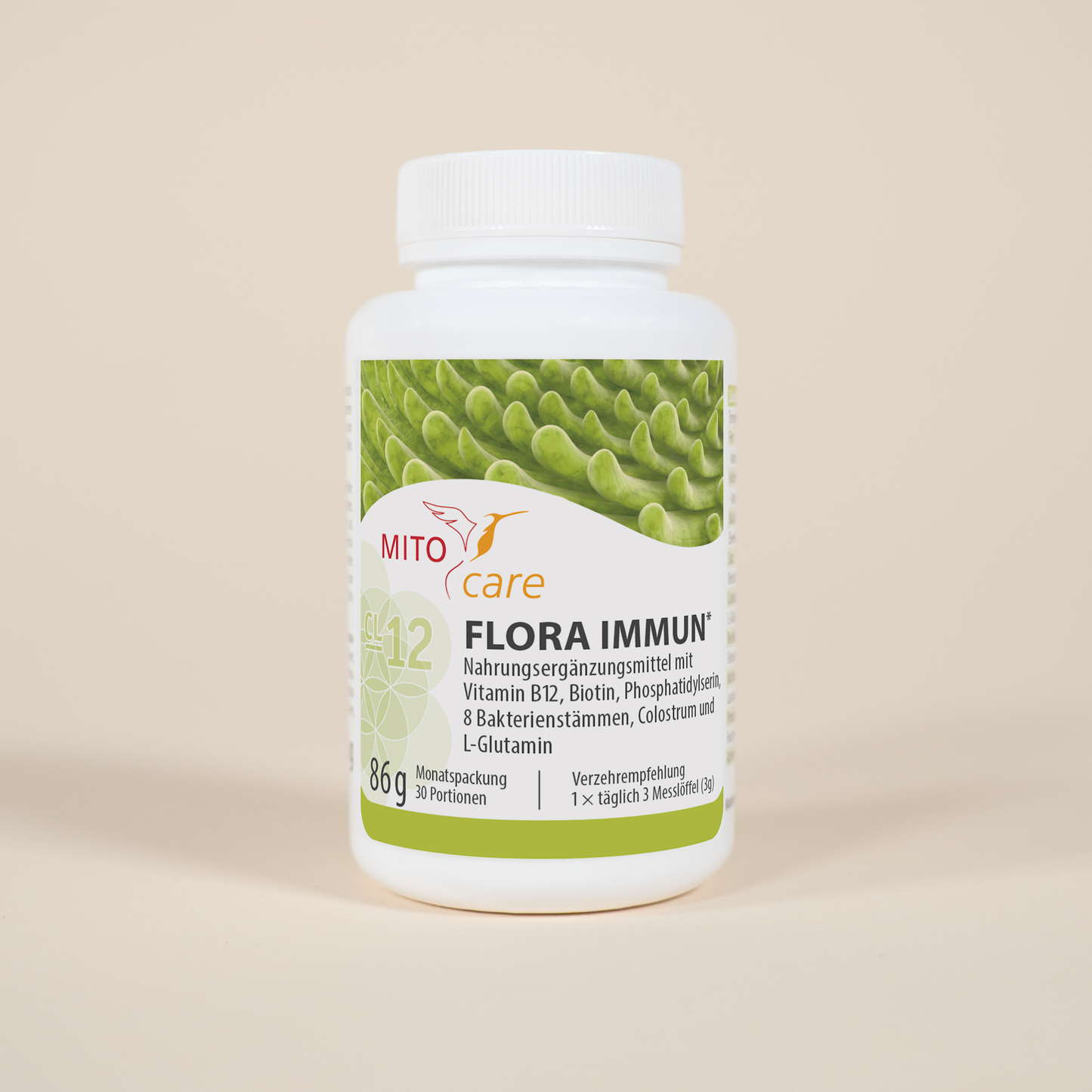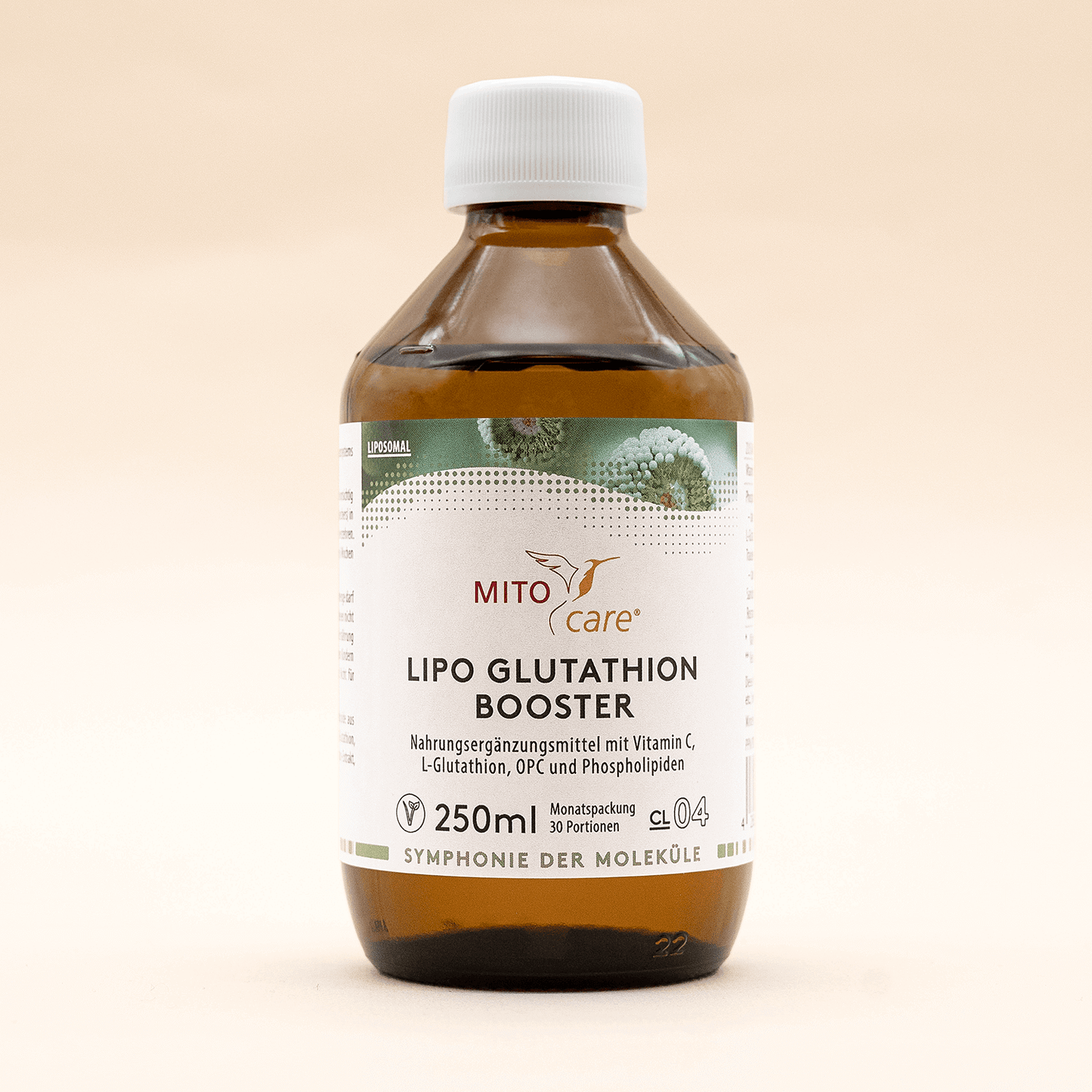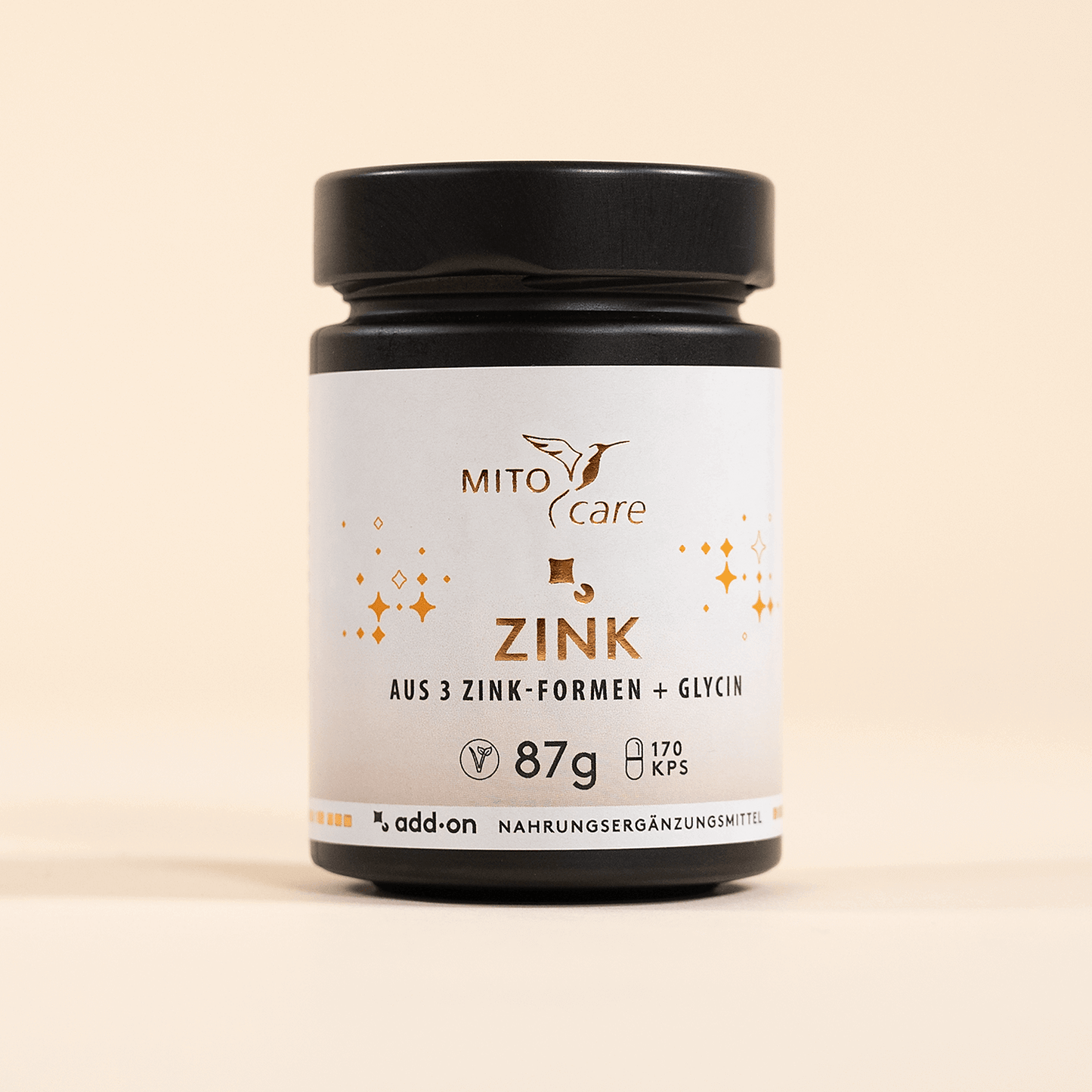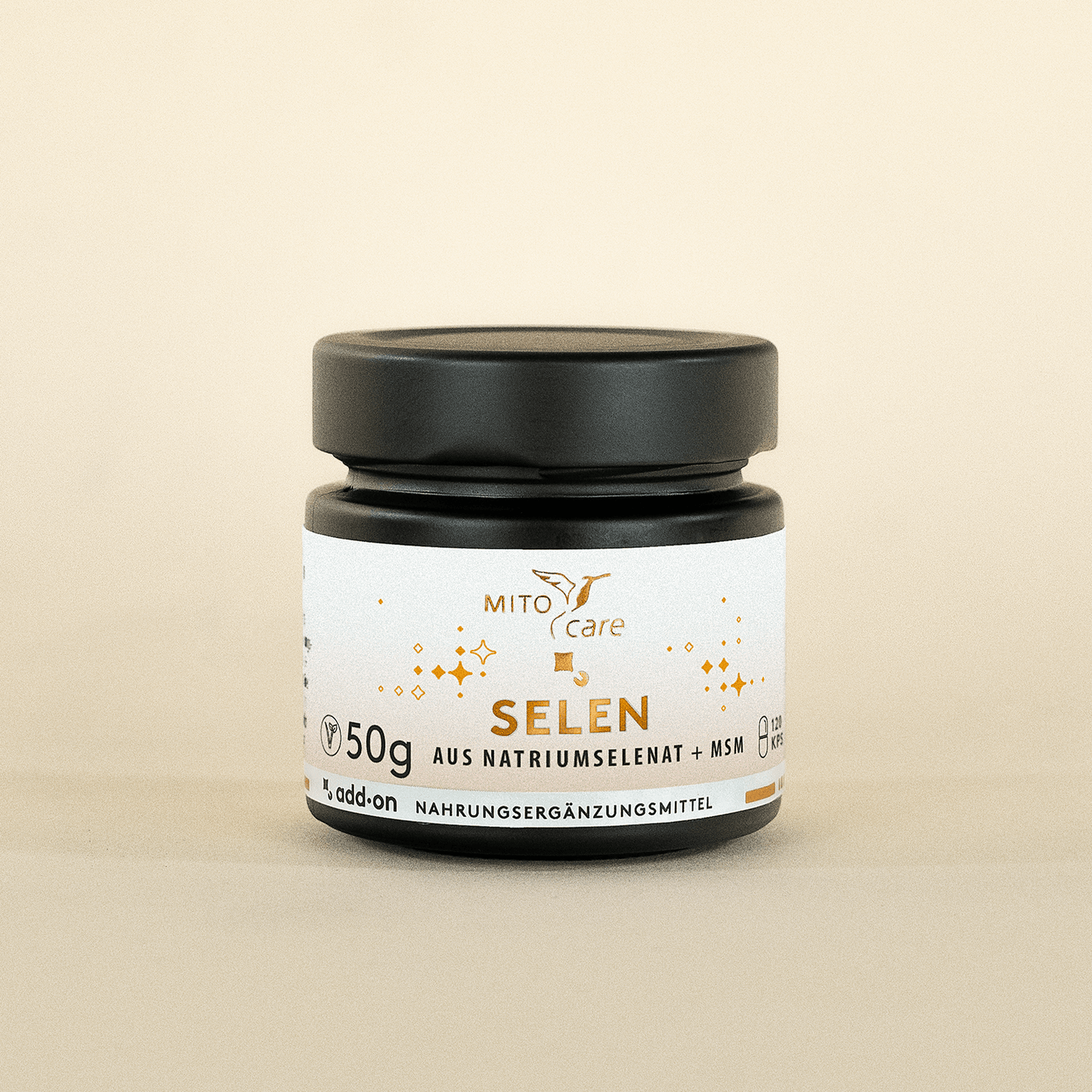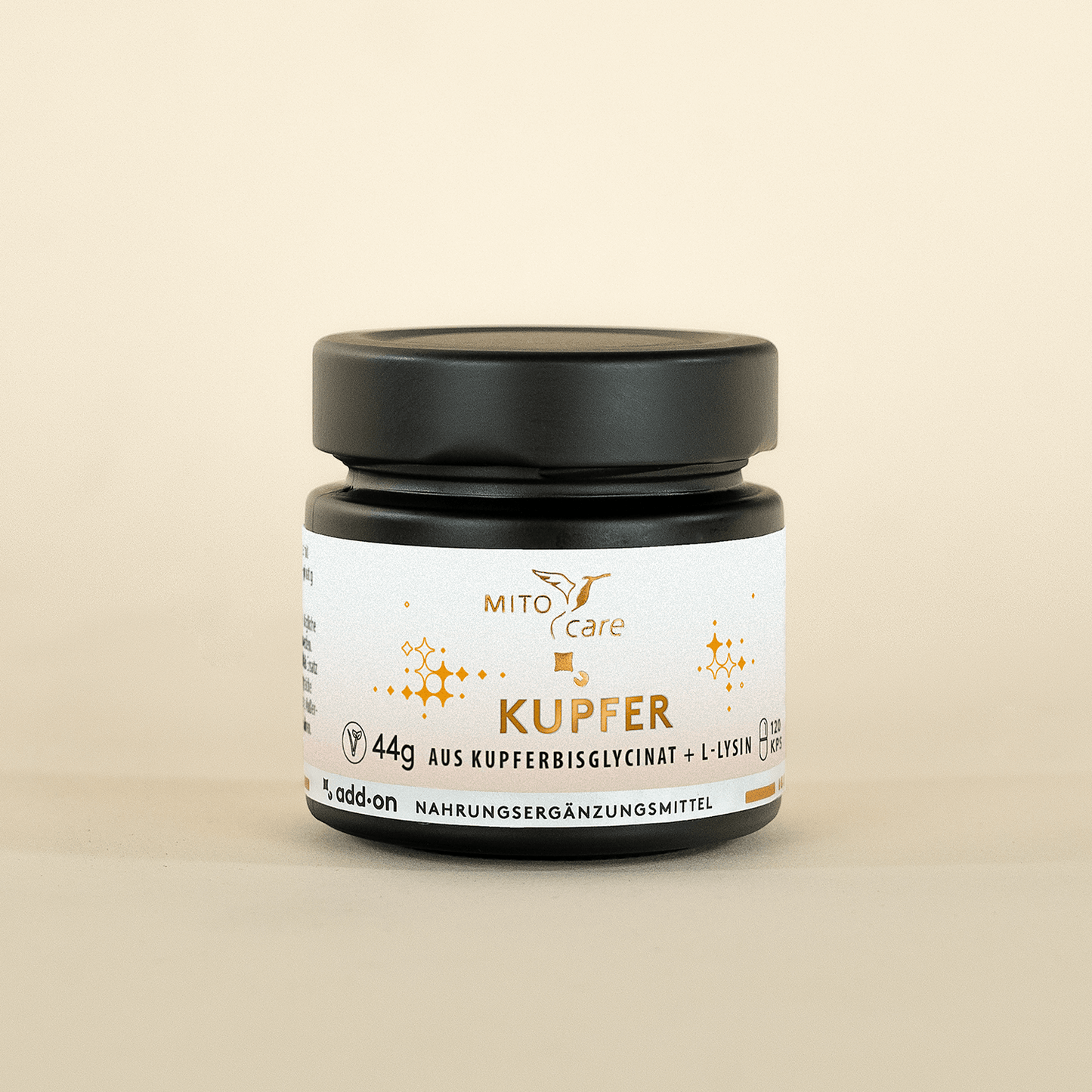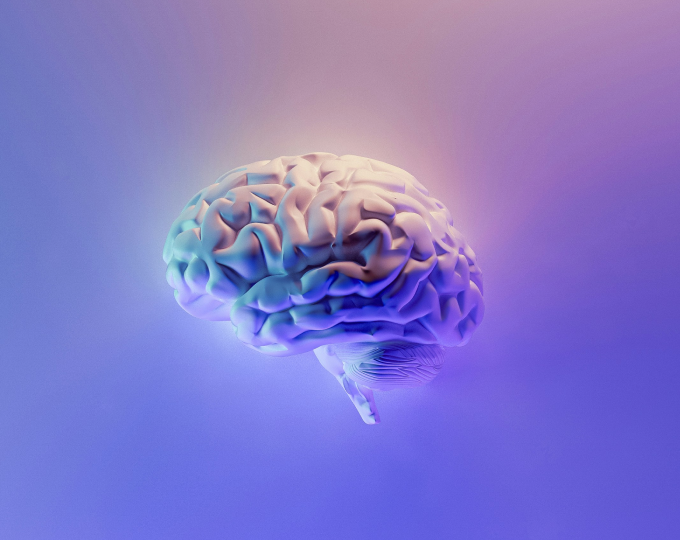Themen dieses Blogartikels:
Table of Contents
- Definition: The immune system explained simply
- What are antigens and what role do they play?
- The most important organs of the immune system
- Primary and secondary lymphatic organs
- Mucosa-associated tissue (MALT)
- How does the immune system work?
- The 3 defense mechanisms of the immune system
- Important cell types of the innate and learned immune system
- Cell types in the innate immune system
- Cells of the adaptive immune system
- How do antibodies work?
- What are the immune system's strategies?
- What's an inflammation?
- Why do we get a fever when we are ill?
- How can I strengthen my immune system?
- Sources
Definition: The immune system explained simply
Your body is in constant exchange with the environment. Much of what you take in through the air, liquids or food is good for you. However, if unwanted invaders such as fungi, viruses, parasites or bacteria spread through the human system, this can have serious consequences. In the worst case, life-threatening infections can occur.
Your immune system has the task of protecting you from them: The body's own immune system analyzes foreign antigens and, if necessary, uses strategies to send uninvited guests packing.
What are antigens and what role do they play?
Contrary to what the name suggests, antigens are not genes. Antigens are certain molecular structures on the surface of a cell that help your immune system to recognize foreign substances. These are foreign substances that trigger a certain reaction in the body, for example the formation of antibodies. Antibodies are proteins that bind to antigens and neutralize them.
The most important organs of the immune system
The human immune system consists of various organs, cells and proteins. Together they prevent the penetration of harmful substances, viruses, bacteria or fungi and eliminate toxic substances. They also protect the body from harmful cell changes.
The following overview shows you the first barriers that unwanted substances that enter your body are confronted with:
- Skin and mucous membranes form the first protective barrier. They are a mechanical barrier against intruders and foreign substances. They are colonized by beneficial microorganisms, the so-called microbiome, which fends off pathogens
- Many pathogens that are ingested through food or drink are destroyed by stomach acid
- Bacteria-inhibiting substances such as enzymes are found in saliva, urine and tear fluid. They prevent pathogens from penetrating deeper into the body
- The immune defense is also active in the respiratory tract: mucus causes inhaled particles and harmful substances to stick so that they can be removed to the outside by the movement of the cilia
- The body also protects itself from external influences through reflexes such as coughing or sneezing
- The lymphatic system is also one of the organs of your immune system. It consists of the primary and secondary lymphatic organs and the lymphatic vessels
Primary and secondary lymphatic organs
The central organ of the immune system is the bone marrow inside our bones. This is where blood cells and immune cells are produced. However, the actual immune defense takes place in the secondary lymphatic organs.
Mature immune cells move from their place of formation to where they are needed and continue to develop there in order to fight off pathogens and harmful substances. Important secondary lymphatic organs are the approximately 600 lymph nodes in the human body and the MALT.
Mucosa-associated tissue (MALT)
The lymph nodes help to detect foreign substances from the outside world as they enter through the available body orifices. Around 30 percent of them are found in the mouth and throat area, where part of the mucosa-associated tissue (MALT) is also located. This is a nodular collection of lymphocytes under the mucous membrane of many organs. Contact between the foreign substance and the defense cell is established in the MALT. The immune cells then take up the fight.
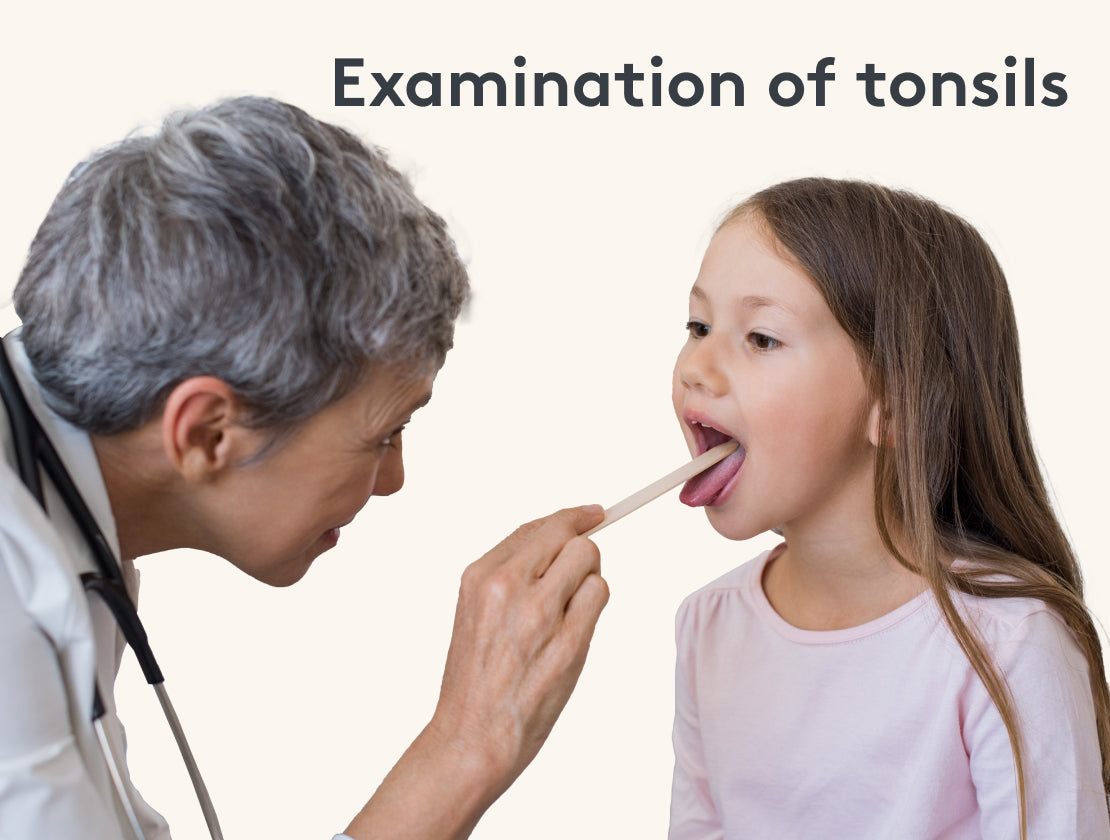

Tonsils (NALT = Nasal-Pharyngeal-Associated Lymphoid Tissue) are part of the MALT. They are located in the pharynx and enable the defense against pathogens that could otherwise spread along the mucous membrane of the pharynx. The Waldeyer's pharyngeal ring combines all the tonsils. The tonsils of the tongue, pharyngeal tonsils, palatine tonsils and tonsils at the entrance to the middle ear can be found here, and the palatine tonsils (tonsillae palatinae) are among the most important tonsils. In the past, they were often removed in cases of tonsillitis. However, we now know how important the lymphatic tissue is for the immune system. This is why people now wait much longer before operating on the palatine tonsils.
Other parts of the MALT are:
- Lymphoid tissue in the intestine (GALT = Gut-Associated Lymphoid Tissue), such as the appendix and the Peyer's plaques in the small intestine
- Immune tissue in the airways (BALT = Bronchus-Associated Lymphoid Tissue)
- Lymphoid tissue in the urinary tract
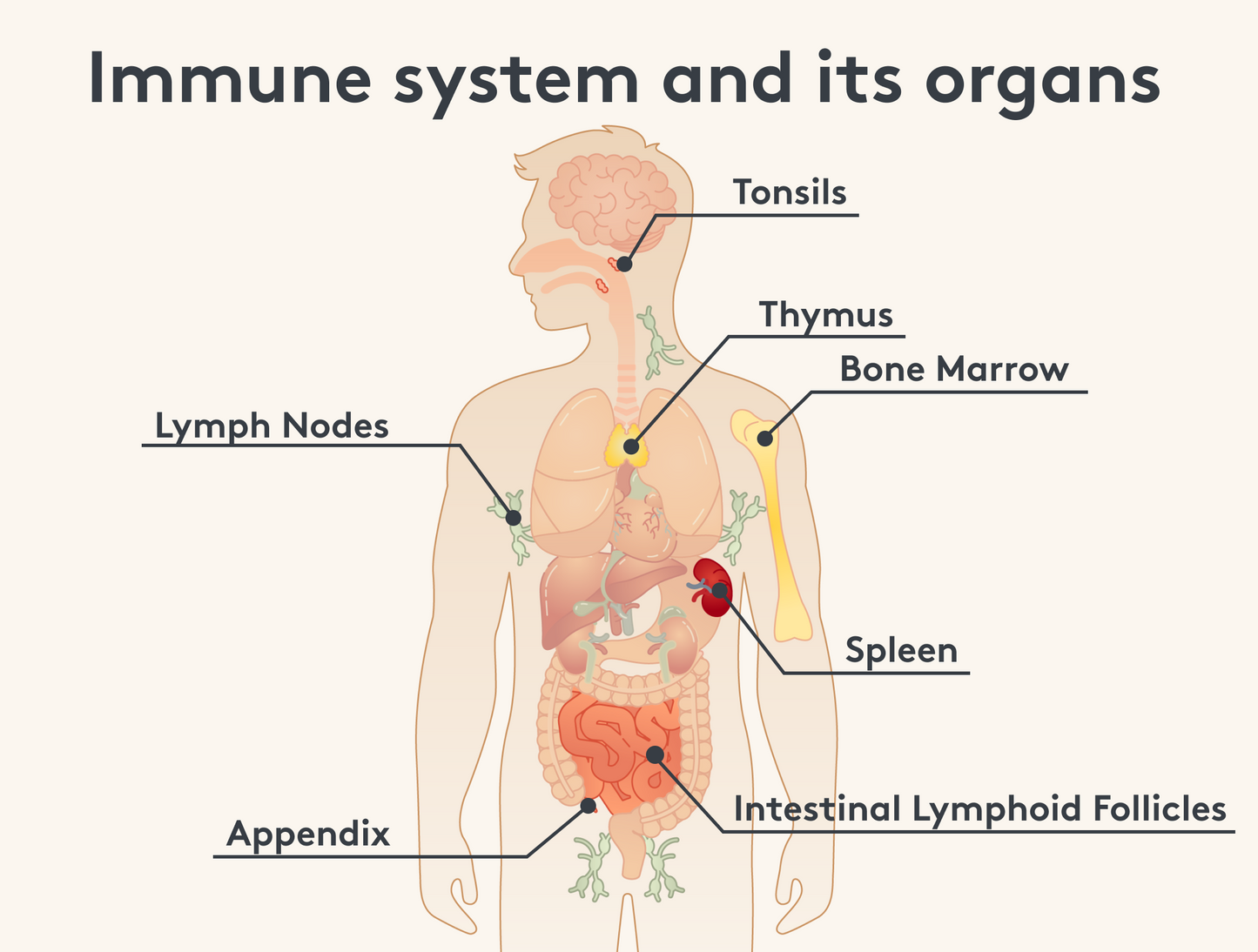

How does the immune system work?
The body's immune system consists of two complementary and interconnected systems: the innate immune system and the acquired immune system. The innate immune system is present from birth. It consists primarily of phagocytes and killer cells. As a constantly available and immediately deployable primary barrier, it primarily serves as a defense against harmful substances and germs that enter our human organism via the skin and digestive system.
The acquired immune system is the result of a learning process in the body. While the innate immune system reacts non-specifically to intruders, the acquired immune system can act specifically. To do this, however, it must first get to know pathogens over the course of a lifetime and adapt to the pathogen. This is why we speak of an acquired immune response.
A distinction is made between cellular and humoral defense. The cellular defense uses defense cells (T lymphocytes) that can attack an enemy directly and uses them on cells that are already infected. The humoral defense, on the other hand, uses antibodies that serve to mark the cells for the cellular defense.
The 3 defense mechanisms of the immune system
To understand how the immune system works, you should know the different lines of defense in addition to the distinction between the innate and acquired immune system. The immune system has three lines of defense. If a pathogen breaks through one of these lines, the next one kicks in.
- First line of defense: The first line of defense of our immune system is the anatomical barrier of our body, which includes our skin, digestive tract, respiratory tract and mucous membranes. They ward off the most serious attacks before they can penetrate further into the human organism.
- Second line of defense: If this first line of defense is weakened by injury, for example, the second line of defense, which forms the innate, non-specific immune system, takes over. The non-specific, humoral defense of the immune system consists of 30 plasma proteins with different properties that circulate in the blood. Their tasks consist of directly destroying the cell walls of the enemy, marking pathogens or requesting support. In the case of non-specific cellular defense, everything that the plasma proteins have classified as a threat first encounters so-called phagocytes. These absorb the pathogens and digest them enzymatically. They identify the intruders by presenting an antigen on the cell surface. Other immune cells can then recognize this antigen and the acquired response can take action.
- Third line of defense: The acquired immune system forms the third line of defense.
Advertisement
- 11 valuable plant substances such as nasturtium, cranberry, propolis & more
- Colostrum with natural immunoglobulins
- Supplemented with vitamin B12, vitamin C, and zinc
- Plant-based alternative for your immune system
- With Ling Zhi (Vitalpliz) and many other premium active ingredients
- Study-based complex, developed with doctors and experts
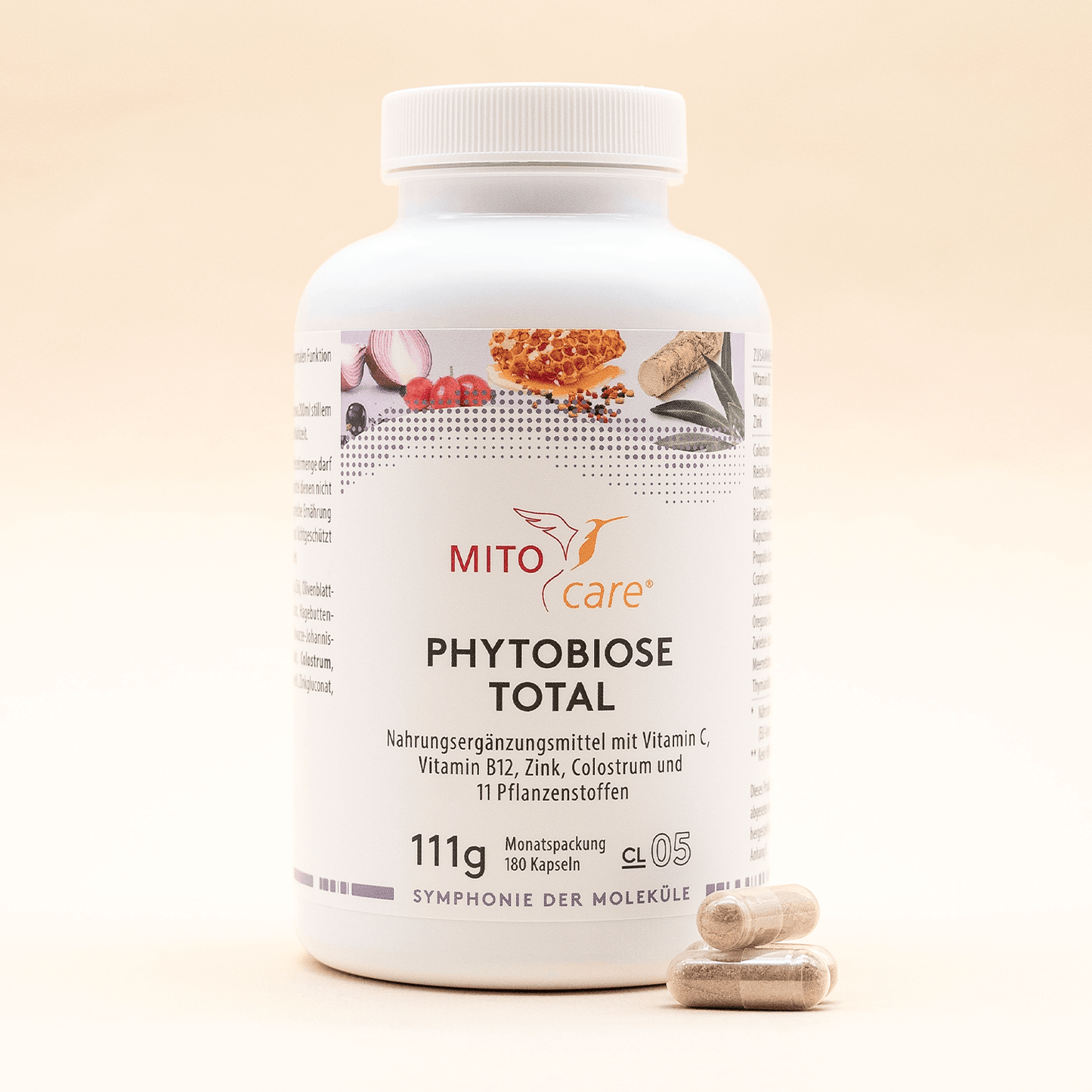

Important cell types of the innate and learned immune system
The body's cells are important allies of the immune system in the fight against foreign bodies and pathogens. Below we introduce you to various cell types that play a heroic role in the immune system.
Cell types in the innate immune system
- Some cells like to eat pathogens and phagocytose them. This means that they absorb foreign substances, microorganisms or tissue parts and dissolve them using enzymes. This is why they are called phagocytes. In technical terms, they are called monocytes and are already formed in the bone marrow of newborns. Through contact with messenger substances (cytokines), giant macrophages are formed. They are large, motile, mononuclear and belong to the cellular immune system
- Granulocytes are part of the white blood cells. There are different types that fulfill different tasks. Neutrophil granulocytes are also phagocytes. They rest in the bloodstream and are attracted by substances that the body releases when pathogens enter the bloodstream. They then leave the bloodstream and enter the tissue to devour pathogens. They also clear up destroyed tissue cells. They are contained in high numbers in pus. Eosinophil granulocytes kill parasites and viruses and are involved in allergic reactions. Basophilic granulocytes fight harmful substances and parasites and are mainly involved in allergic processes
- NK cells are natural killer cells. They belong to the lymphocytes, a subgroup of white blood cells. Their task is to recognize and kill abnormal cells, such as virus-infected cells or tumour cells. They do not have antigen-specific receptors
- Dendritic cells also have a scavenger function. These highly specialized, antigen-presenting cells make foreign molecules visible. They recognize invading pathogens, eat them and present a fragment on their cell surface. This enables them to initiate and regulate an antigen-specific immune response. They form the interface between the innate and learned immune system
Cells of the adaptive immune system
In addition to NK cells of the innate immune system, the body also has cytotoxic T cells of the acquired immune system: they recognize pathogens and, by binding to specific receptors, can set off a chain of reactions that can lead to cell death.
There are millions of different types of T cells. Each of these T cells recognizes a specific pathogen. The different T cells have different tasks:
- T memory cells remember pathogens that have come into contact with the body
- Cytotoxic T cells destroy the body's own cells that are infected with a virus
T helper cells help other cells such as B cells by releasing cytokines (messenger substances). These bind other cells in the body and give them signals or activate them. - Regulatory T cells are one way of controlling the learned immune system. A regulatory T cell stops the attacks of other immune cells when the pathogens are removed. This stops or slows down the immune response so that it does not get out of control
- B lymphocytes are the only cells capable of becoming plasma cells, which in turn secrete antibodies. Together with T cells, they make up the decisive component of the learned immune system. B lymphocytes develop in the bone marrow. From there they travel to the lymphatic tissue, where they are activated. In the blood and lymphatic tissue, they encounter foreign substances, adapt to them and then produce antibodies (also known as immunoglobulins), which then initiate their destruction
How do antibodies work?
Antibodies are formed in B lymphocytes and plasma cells. Depending on which antigen they match, they have different compositions. After production and release, the body's own antibodies bind to the antigen of the pathogen, for example in the envelope of bacteria and viruses. This marks the invaders so that the phagocytes can detect them (opsonization).
Antibodies can also neutralize toxins. Immunoglobulins bind to the surface structures of the viruses so that they cannot penetrate human cells and multiply. The body is now ready to destroy the pathogens or infected cells.
What are the immune system's strategies?
Over the course of your life, your body has developed a few effective strategies to eliminate pathogens or to remove the body's own dysfunctional cells that are not developing as intended or have become dysfunctional after some time. Around 50 million cells are affected every second. The immune system must remove these cells properly, otherwise cancer, for example, can develop.
Physical impacts, such as cuts, burns or pollen, also put a strain on our immune system, as tissue damage can occur here. In order for new healthy cells to have enough space, old and non-functional cells must be removed. The penetration of pathogens, for example through open wounds, must also be prevented. The immune system usually reacts with inflammation or fever.
What's an inflammation?
If the immune system detects destroyed or non-functional tissue, the blood vessels in the surrounding area dilate so that more immune cells can reach the affected area via the blood. If pathogens are waiting at this sensitive site, a battle ensues between the immune system and the intruders. The remains of this battle are recognizable as pus. This battle between the immune system and pathogens is nothing other than inflammation.
Short-term inflammation is completely normal. However, permanent inflammation of a tissue or the whole body should be a reason to consult a doctor. Autoimmune patients often have a lot of inflammation in the body, which largely runs in the background but is always present. This is referred to as silent inflammation.
Why do we get a fever when we are ill?
The increase in body temperature is another defense reaction of the body to deal with intruders and fight diseases. With a fever, the immune system speeds up the metabolism and thus boosts your defenses. In addition, pathogens thrive less well with a fever, while the immune system can work more effectively than at normal body temperature.
In the long term, however, fever is problematic for various enzymes in the body. If the body temperature is elevated, the structure of the enzymes is denatured, i.e. irreversibly destroyed. Prolonged fever therefore does not only have positive effects on the human system. However, especially at the beginning of an infection, fever is not too worrying.
How can I strengthen my immune system?
Alongside the nervous system, the immune system is one of the most complex systems in your body. Through the interaction of various cells, signaling substances and tissues, the immune system can fight pathogens at various levels and promote the protection of your body against harmful environmental factors and diseases.
In order for the organs, cells and substances of the immune system to fulfill their function effectively, it is important to strengthen the immune system.
Fortunately, it is very easy to support the body's immune defense. The following tips not only promote your well-being, but also help the immune system:
- Reduce stress
- Get enough exercise in the fresh air
- Soak up the sun or take sensible vitamin D supplements
- Make sure you eat a balanced diet
- Drink enough water
- Practice sleep hygiene
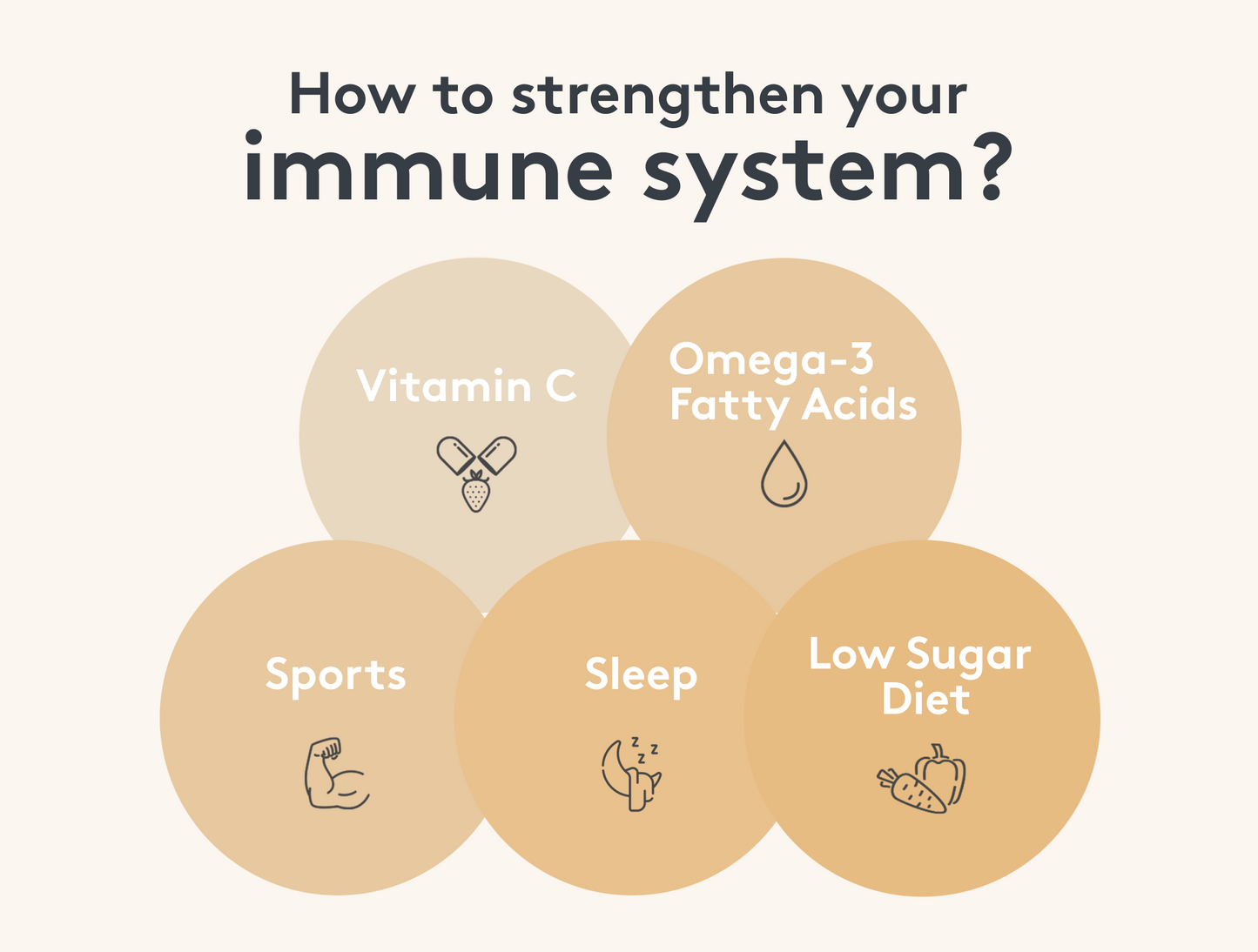

This article is based on carefully researched sources:


